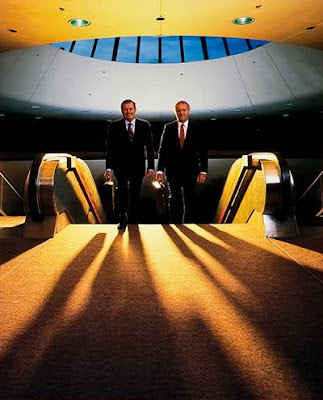But I have figured out how to put the remaining mounds to good use: We now have a rather large-ish, walk-out Diet Mtn. Dew refrigerator.
The caffeine will be timely and appreciated, as I am spending the week in The Cave trying to knock off my first of three, blog-related New Year's resolutions. More on that in a few days -- hopefully.
But before we head into 2010, one last look at some of my favorite stuff from Strobist in 2009, in case you missed it the first time. (Windows will open in a new frame, so you can 'command-W' to close them and remain either here or in your feed reader.)
__________
On Assignment: Manil Suri
Fifteen Minutes of Fame
Frozen Hummingbirds
Your Basic Freudian Light Stand
Visiting the Large Hadron Collider
FS: Brick 3BR TH, SB-800s Do Not Convey
On Assignment: Desert Falconer
Lighting Edgier Group Shots
Two-Light Techniques: Pt. 1, Pt. 2 and Pt. 3
Now You Can Sync Anything to Anything
On Assignment: Playwright
New Long-form Dave Hill Videos
Trashy Light
Light, in Tights: Bounceman!
Video: Dan Winters, Beyond Lighting
Dean Collins' Hot Lights Bike
Jon Fletcher's Night Shuttle Shoot
The Men Who Flash at Goats
An (as-yet unanswered) Challenge to Nikon
Drinking with Dead Guys: Beers With Vermeer
Have a happy (and safe) New Year's Eve, and we'll see you next year...
-30-





























